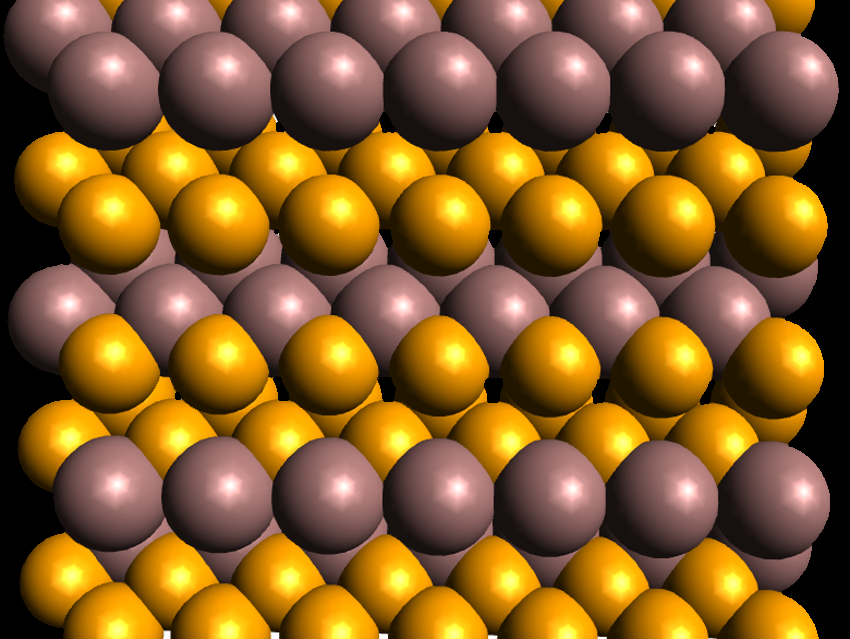Understanding phase transitions in 2D transition metal dichalcogenides (TMDCs) is important for understanding their structure and electronic properties. It could also allow researchers to control and tune the interplay between structure and properties.
Chenggang Tao, Virginia Tech, USA, Wenguang Zhu, University of Science and Technology of China, China, Jianyong Xiang, Yanshan University, China, and colleagues have studied these phase transitions in In2Se3. They synthesized the 2D material using chemical vapor deposition (CVD) and studied it using scanning tunneling microscopy (STM), transmission electron microscopy (TEM), energy-dispersive X-ray (EDX) spectroscopy, Raman spectroscopy, and density functional theory (DFT) calculations.
The results showed that In2Se3 (from 1 to 20 layers) stabilized in a β phase at room temperature. Above 180 K, the TMDC forms a more stable β’ phase, which has in-plane ferroelectricity. The transformation is reversible. The β’ phase in the monolayer materials was found to have an indirect bandgap of 2.50 eV, whereas the multilayer form’s value was 2.05 eV. According to the researchers, the insights into this phase transformation and the associated electronic properties could be useful for tuning the functionalities of 2D In2Se3 and other 2D ferroelectric materials.
- Atomic-Scale Observation of Reversible Thermally Driven Phase Transformation in 2D In2Se3,
Fan Zhang, Zhe Wang, Jiyu Dong, Anmin Nie, Jianyong Xiang, Wenguang Zhu, Zhongyuan Liu, Chenggang Tao,
ACS Nano 2019.
https://doi.org/10.1021/acsnano.9b02764




